1941 Buick Roadmaster 71C 45059 Miles Monterey Blue Convertible Sedan 320 cubic
1941 Buick Roadmaster 71C -- for sale in Local pick-up only
| Condition: | Used |
| Item location: | Local pick-up only |
| Make: | Buick |
| Model: | Roadmaster 71C |
| Type: | Convertible Sedan |
| Trim: | -- |
| Year: | 1941 |
| Mileage: | 45059 |
| VIN: | 24178041 |
| Color: | Blue |
| Engine size: | 320 cubic inch straight-8 |
| Power options: | -- |
| Fuel: | Gasoline |
| Transmission: | Manual |
| Drive type: | -- |
| Interior color: | Red |
| Options: | -- |
| Vehicle Title: | N/A |
| Want to buy? | Contact seller! |
Description for Buick Roadmaster 71C 1941
In 1941, everyone in the United States knew they were about to become part of history. The economy was finally rebounding, yet people were preparing for an unknown future. Perhaps because of those two conflicting feelings running through the country, automakers seem to have pulled out all the stops and created some of the best cars ever built. NOBODY built a bad car in 1941; they were almost universally attractive, they were more powerful than ever, and people were buying... in record numbers. Nevertheless, I would argue that nobody hit a bigger home-run than Buick, who sprang into third place, trailing only Ford and Chevy, by building nearly 375,000 1941 Buicks. But despite record-setting production numbers, only 312 Roadmaster model 71C Phaetons were built and then the 4-door convertible was discontinued forever. Buick wasn't merely building a lot of cars, they were building some of the best cars in the industry. Harlow Curtice pushed his engineers to do more, to the point where Cadillac started to complain about Buick's exceptional cars at affordable prices. That included this Roadmaster Phaeton, which used the same body as the Cadillac Series 62 convertible sedan, yet was faster, more powerful, and offered a more sophisticated suspension, all for hundreds of dollars less. Styling was a home-run, with headlights fully integrated with the fenders, chrome that accentuated the lines rather than obscuring them, and a sleek profile made possible by the torque tube drive. This gorgeous Roadmaster wears Monterey Blue, a factory color, and it was probably applied sometime in the '80s. Yes, there are a few signs of use and age, but thanks to high-quality workmanship nearly 40 years ago, it has a nice shine and zero signs of the original Touquet Beige in any of the nooks and crannies. There's some checking in the finish, but none of it is coming apart and if this were our car to keep, we'd leave it alone and just enjoy. We gave it a good cut and buff, so it has a deep shine and rich color, and the chrome is in remarkably good shape, including the pot-metal pieces that show almost zero pitting. Someone invested big in this car at some point in the past, and you can benefit from that today. The beautiful red leather interior was freshened a bit more recently and remains in fantastic condition throughout. The seats are firm and comfortable and there are no splits or tears in the seating surfaces, just two small tears in the side panels down by the front seat base. Buick's gorgeous engine-turned instrument panels are expensive to restore and almost impossible to get right, and these are in excellent condition and filled with fully operational gauges with handsome cream-colored faces. The matching steering wheel was probably restored with the rest of the interior and shows some very minor cracking near the spokes, which is all but unavoidable. Plush carpets reflect the Roadmaster's upscale image and someone has applied significant insulation underneath, so this convertible remains comfortable even on warm days. All the interior lights are fully operational and the clock ticks reliably, although the Sonomatic AM radio is offline. Shift action is firm thanks to brand new bushings in the linkage and seat belts were added for safety. Overhead there's a recent tan canvas top, and despite the size it's relatively easy to manage and stows easily in the well behind the seat. A new matching tan canvas boot gives it a sleek top-down look, and yes, the original convertible sedan center posts are included—they're virtually irreplaceable. There's also a good-sized trunk that's correctly finished and shows no rust in the tool tray, which is always where trouble starts. But the real reason you own a Roadmaster is because it is powered by the most muscular engine you could buy in 1941: Buick's 320 cubic inch overhead-valve straight-8. Fitted with standard Compound Carburetion, cold air induction, overhead valves, and high compression (7.5:1), it cranked out 165 horsepower, 15 more than Cadillac's V8 and 5 more than Packard's considerably larger 359 cubic inch straight-8. It's this engine that makes the Roadmaster arguably the finest pre-war road car you can own—effortless power at any speed, bulletproof reliability, and smoothness that means you can feel the acceleration but you can't feel the engine that makes it. Recently rebuilt and fitted with two fresh Carter carbs rebuilt by 1941 Buick expert Doug Seybold, it starts quickly, idles well, and cruises easily at 65 MPH. Most of the time it runs on the front carb, but like a modern 4-barrel it brings the second carb online when you plant the throttle—it pulls like a freight train! It's also beautifully detailed with correct Dante red paint on the engine itself, proper hose clamps, a reproduction wiring harness, and a correct air cleaner assembly with crankcase ventilation system intact (many were removed by dealers when the car was relatively new). It stays cool under all circumstances, makes great oil pressure, and there's a wonderful 8-cylinder burble from the tailpipe complements of a new stainless exhaust system. The only transmission available was a 3-speed manual, and with a light clutch and well-chosen ratios, the Buick is comfortable anywhere. In fact, there's so much torque on tap that you can just leave it in high gear and let it pull you around town. This car cruises so effortless at high speeds that we suspect that it may have the optional 3.60 gears in place of the standard 3.90s, but we can't confirm—it certainly works well, though! Buick's chassis was grossly over-built, with deep side channels as well as X-braces, plus 11 body mounts per side to make it feel substantial on the road. The floors, particularly the area at the base of the front door pillars and the trunk pan, are in excellent condition and you'll note that the under-seat heater is still in place and fully operational. If there are any demerits, it's that there's some minor perforation in the rockers (a common issue since they were closed box sections) and a slightly larger area under the passenger's rear door—none of it is visible or structural and we'd recommend just leaving it alone. The brakes have been recently service and are impressively powerful for the era, and ride quality is excellent thanks to Buick's torque tube drive. Original steel wheels carry hubcaps and trim rings, plus a recent set of 225/75/15 Diamondback wide whitewall radials that ride and handle great. I should probably admit that I'm a bit biased—I personally own two 1941 Buicks. But that also makes me an expert in their virtues and vices, and the highest praise I can offer is that I would gladly keep this Roadmaster for my own collection. It is the ultimate 1941 Buick, it drives superbly, it's rare, it's practical, and just last year it was awarded Full Classic status by the Classic Car Club of America, which means it's eligible for all the big events. And I can guarantee the guys driving Packards and Cadillacs will be none too thrilled to have to watch this Buick's taillights accelerating away from them every single time. An excellent all-around car that delivers more performance than you'd expect and more luxury than its price would suggest. Don't insist on perfection, just get in and drive!


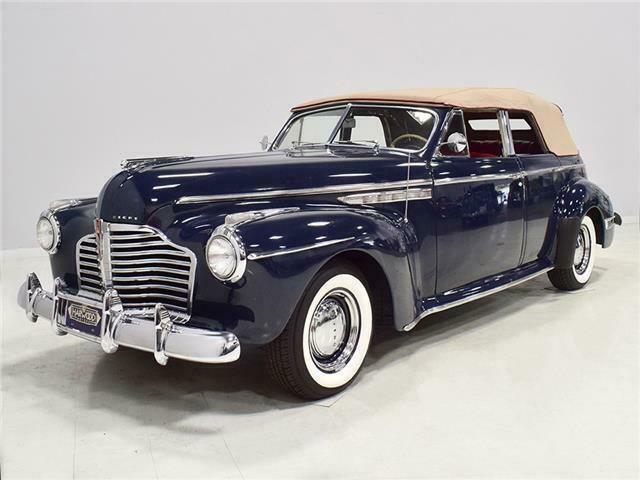


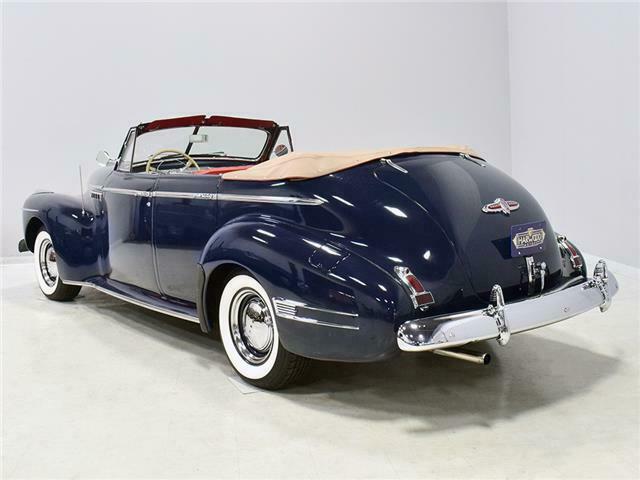
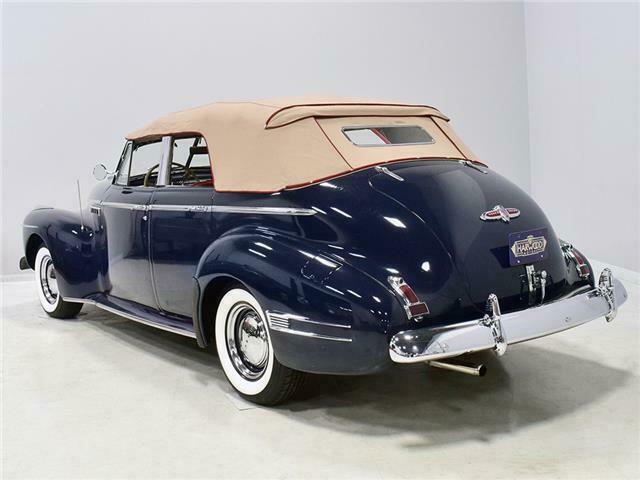
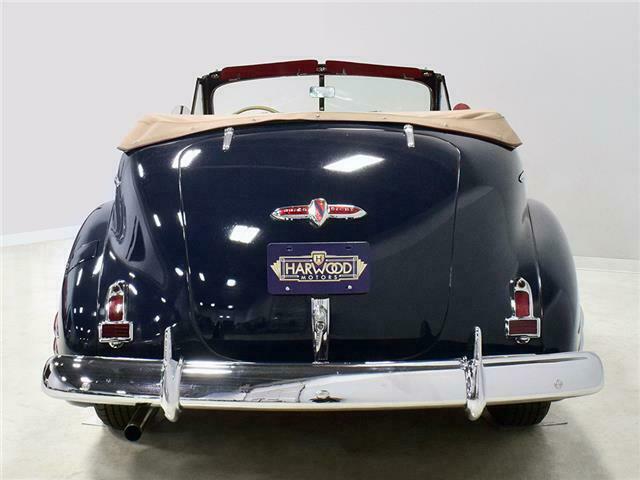
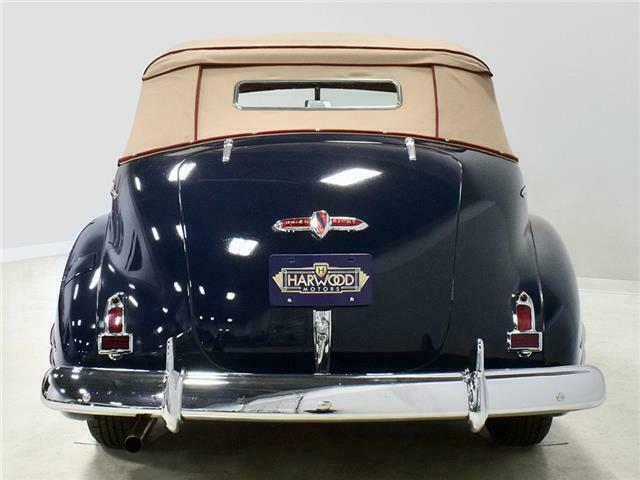
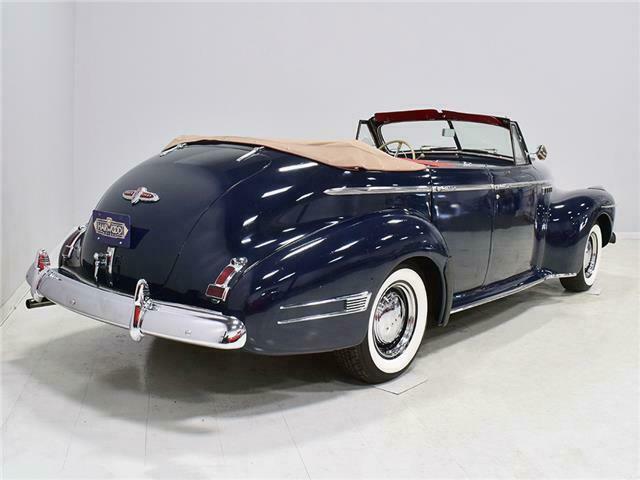


 1953 Buick Roadmaster 75358 Miles Imperial Blue Woody Wagon 322 cubic inch V8 A
1953 Buick Roadmaster 75358 Miles Imperial Blue Woody Wagon 322 cubic inch V8 A
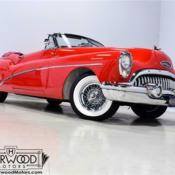 1953 Buick Skylark Roadmaster 37659 Miles Matador Red Convertible 322 cubic inch
1953 Buick Skylark Roadmaster 37659 Miles Matador Red Convertible 322 cubic inch
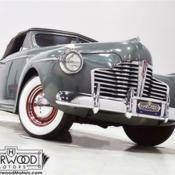 1941 Buick Super Convertible 694 Miles Chenanga Gray 248 cubic inch straight-8
1941 Buick Super Convertible 694 Miles Chenanga Gray 248 cubic inch straight-8
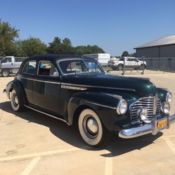 1941 Buick Roadmaster 4 Door Sedan
1941 Buick Roadmaster 4 Door Sedan
 1970 Buick GS 455 Convertible 15342 Miles Gulfstream Blue Convertible 455 cubic
1970 Buick GS 455 Convertible 15342 Miles Gulfstream Blue Convertible 455 cubic
 1941 Buick Roadmaster Convertible
1941 Buick Roadmaster Convertible
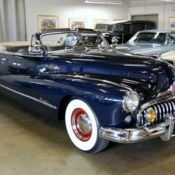 1948 Buick Roadmaster Convertible Coupe, Blue with 40783 Miles available now!
1948 Buick Roadmaster Convertible Coupe, Blue with 40783 Miles available now!